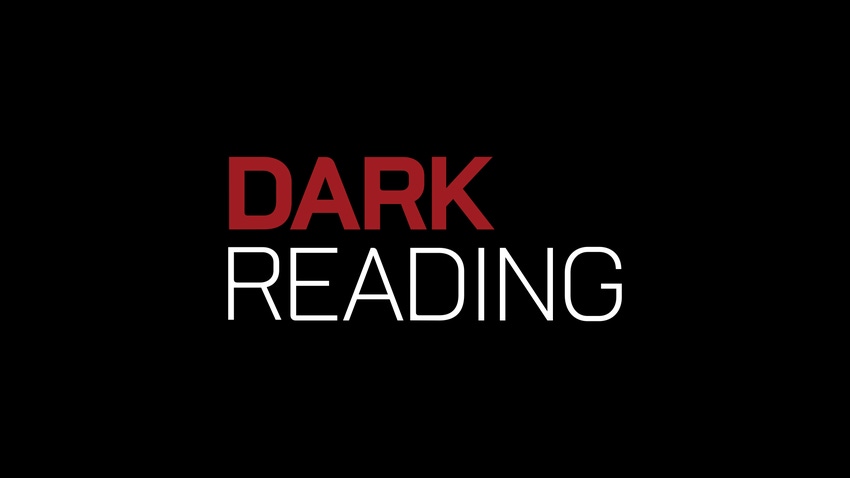Bots: Stand Up And Be Counted
A new FCC-backed initiative will gather real ISP data on infected bot machines, but will it make a dent on the botnet scourge?
February 24, 2012

One of the more elusive things about a botnet -- besides the fact that dismantled botnets often get reinvented and resurrected in some new form -- is getting an accurate count of the number of infected machines unknowingly doing the dirty work of the botnet operator.
Botnet investigators and researchers typically see only a snapshot of the carnage when they discover and study botnets, unless they helped take down the command and control infrastructure and are privy to traffic generated by orphaned bots still trying to phone home to the crippled C&C servers.
The missing piece of the equation here is what the ISPs see. And a new project under the guise of the FCC and headed up by Messaging Anti-Abuse Working Group (M3AAWG) will now officially gather and aggregate the bot tallies from ISPs, and issue a quarterly report of the total number of bot infections out there.
Everyone loves data, and I'm curious about what the counts will look like. But what good is a bot headcount when botnets are so pervasive and hard to kill?
Michael O'Reirdan, chairman of M3AAWG, says the bot count project will provide a much more comprehensive count of bots -- albeit not an absolutely complete one. He says the idea is to bring some better metrics into the bot-count equation to get a handle on the scale of the botnet problem with a more true accounting of the number of machines that are owned by botnets.
The ISPs will voluntarily provide their data, so not every single ISP will be represented, but ideally it will give the industry some measurement of how anti-botnet measures are working -- or not. The project is part of the FCC's Communications Security, Reliability and Interoperability Council (CSRIC), a joint government-industry group aimed at boosting online security.
But it's unlikely that more accurate numbers on infected machines out there will do much any time soon to reduce the number of users who fall victim to botnet operators every day. Awareness among consumers needs to be more of a mainstream thing, and that's a tall order. Telling Aunt Edna she's one of five gazillion bots worldwide isn't going to help her when all she wants is her laptop to work normally again. All she knows is that their PC is now annoyingly slow or inoperable.
It would be great if this initiative would spur more ISPs to be more proactive and aggressive in the botnet battle. And if the data could somehow be used to launch a consumer-awareness campaign so that Aunt Edna will at least have a clue that her machine was being used for nefarious purposes, not just that it was infected.
Some ISPs have been ahead of the curve here, like Comcast, which more than two years ago launched a bot-notification service that notifies customers whose machines it spots as bot-infected. The infected user is then directed to the antivirus center, where he follows directions to remove the bot malware.
Understandably, ISPs have traditionally have been averse to disrupting service to their customers and have had more of a hands-off approach to bot cleanup. If they can somehow convert cold hard bot data into more of a public-service announcement-style strategy, there may be hope for at least making it harder for botnet operators to recruit more machines for their armies. Maybe Aunt Edna will be more diligent about patching and avoiding suspicious URLs if she understands that her machine can be part of the problem.
(Oh -- and in case you were wondering, "M3AAWG" is no typo. The group recently added the "3" to its name for Messaging, Malware and Mobile to work with experts in malware and mobile technologies as well).
Kelly Jackson Higgins is senior editor at Dark Reading
About the Author(s)
You May Also Like
Key Findings from the State of AppSec Report 2024
May 7, 2024Is AI Identifying Threats to Your Network?
May 14, 2024Where and Why Threat Intelligence Makes Sense for Your Enterprise Security Strategy
May 15, 2024Safeguarding Political Campaigns: Defending Against Mass Phishing Attacks
May 16, 2024Why Effective Asset Management is Critical to Enterprise Cybersecurity
May 21, 2024
Black Hat USA - August 3-8 - Learn More
August 3, 2024Cybersecurity's Hottest New Technologies: What You Need To Know
March 21, 2024


